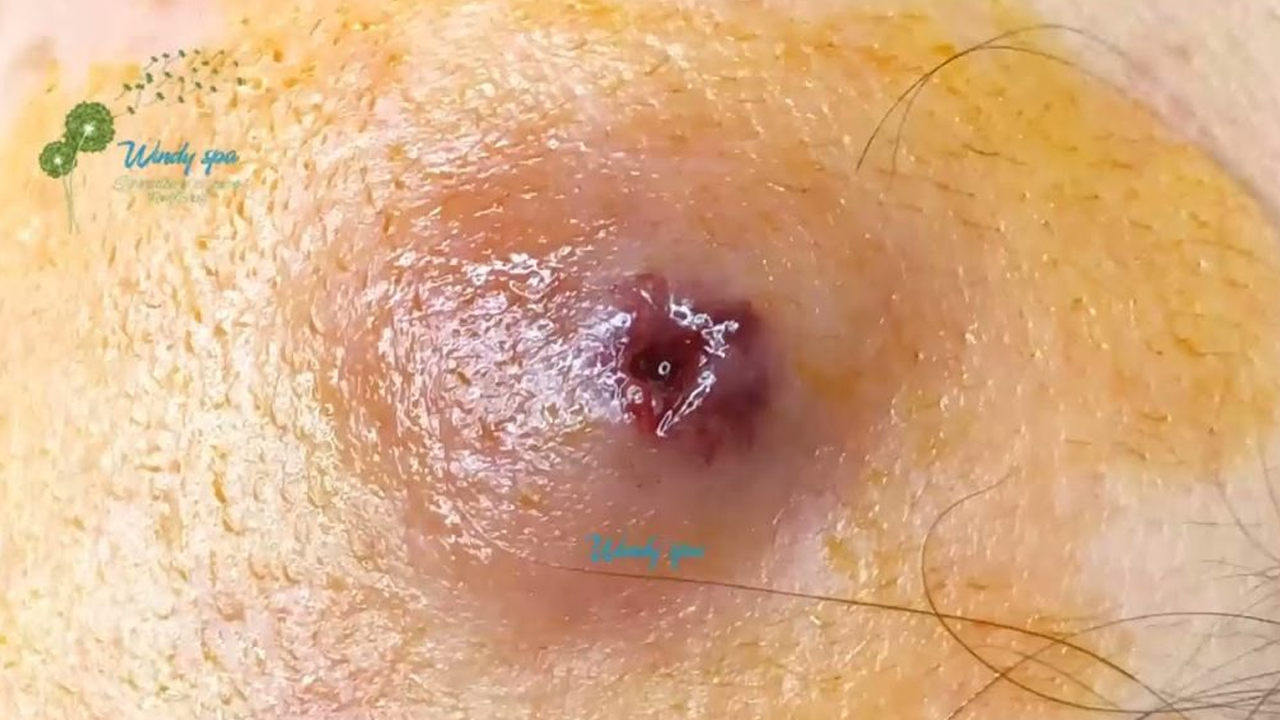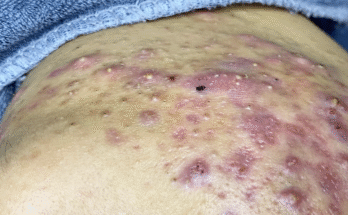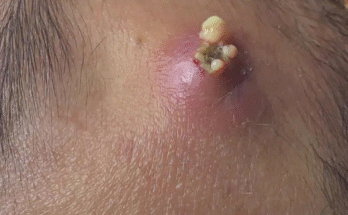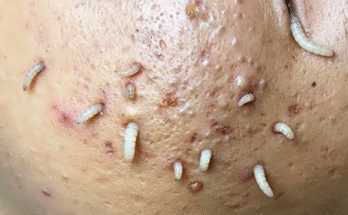Understanding and Treating Blackheads: A Comprehensive Guide
Blackheads, those pesky blemishes that mar our complexion, are a common skin concern. But what exactly causes them? Let’s delve into the science behind these unsightly spots.
The Root Cause of Blackheads
Blackheads, medically termed open comedones, arise from a simple yet frustrating process: clogged pores. Dead skin cells, along with sebum (our skin’s natural oil), and bacteria get trapped within a hair follicle. This blockage prevents the debris from escaping, leading to the formation of a dark-colored bump – the blackhead. These blemishes frequently appear on the face (nose, chin, forehead), but can also crop up on the chest and other areas.
Prevention and Early Intervention
Fortunately, preventing blackheads is achievable with a consistent skincare routine. Regular cleansing with a gentle facial cleanser is key to removing dirt and excess oil. Incorporating exfoliation two to three times a week helps to shed dead skin cells and further prevents pore clogging.
Treating Existing Blackheads: A Multi-Faceted Approach
While prevention is ideal, existing blackheads require targeted treatment. While many are tempted to squeeze or pop them, this method is ill-advised as it can lead to inflammation, scarring, and potential infection. A dermatologist can provide professional extraction, minimizing these risks.
Advanced Treatment Options for Persistent Acne
For more severe or persistent acne, including blackheads, topical treatments alone might not suffice. Oral medications, such as antibiotics, may be prescribed to combat the underlying bacterial component of acne. For particularly stubborn cases, stronger medications like isotretinoin could be considered, alongside prescription gels or creams. In some instances, laser therapy presents a viable option, especially if topical treatments haven’t yielded satisfactory results. Hormonal imbalances can also contribute significantly to acne, requiring a holistic approach addressing these underlying issues to achieve lasting skin health.
Dealing with Cysts: A Detailed Look at Removal
Cysts, unlike blackheads, require more specialized attention. They are distinct from blackheads, being enclosed sacs containing material such as keratin.
Understanding the Difference: Cysts vs. Other Skin Issues
Before undertaking any treatment, accurate diagnosis is crucial. A dermatologist can differentiate between a sebaceous or epidermoid cyst and other skin conditions like lipomas or abscesses, as their treatment approaches differ significantly. The presence of infection, evidenced by redness, warmth, or pain, mandates immediate medical attention.
The Gold Standard: Professional Cyst Removal
The most effective and satisfying cyst removal involves a surgical procedure performed by a dermatologist or surgeon. This process is typically done under local anesthesia, ensuring minimal discomfort.
The Surgical Cyst Removal Process: Step-by-Step
- Precise Diagnosis: Determining the cyst type and ruling out infection is the first step.
- Area Preparation: The skin is meticulously cleaned with an antiseptic, and local anesthesia is administered. The incision site is precisely marked.
- Strategic Incision: A small, precise incision is made directly over the cyst to access its contents without rupturing the sac.
- Content Extraction: The keratinous material within the cyst is gently expressed. This often provides immediate visual relief.
- Complete Sac Removal: The entire cyst wall or sac is carefully removed to prevent recurrence. If the sac breaks, meticulous removal of all fragments is crucial.
- Closure and Aftercare: The area is irrigated with saline, and sutures may be used to close the incision. Antibiotic ointment and a sterile bandage are applied.
The Appeal of Cyst Removal Videos
The popularity of cyst removal videos stems from the instant visual gratification and the sense of cleansing and closure they provide. However, it’s crucial to remember that these videos should not replace professional medical advice.
Home Remedies: Temporary Relief, Not a Cure
For non-infected cysts, warm compresses can help soften the cyst and potentially facilitate drainage. Some individuals use tea tree oil for its antibacterial properties (always perform a patch test first!). However, these methods are merely for temporary relief and should not replace professional medical attention. Crucially, avoid squeezing, poking, or picking at the cyst to minimize the risk of infection and scarring.
When to Seek Professional Help
Persistent cysts, recurring cysts, or cysts exhibiting signs of infection (redness, swelling, pus, fever, or spreading) require immediate consultation with a dermatologist or medical professional. They can recommend the appropriate course of action, which may include incision and drainage, full excision, steroid injections, or antibiotic treatment.
Disclaimer: This blog post provides general information and should not substitute for professional medical advice. Always consult a dermatologist or healthcare provider for diagnosis and treatment of skin conditions.



